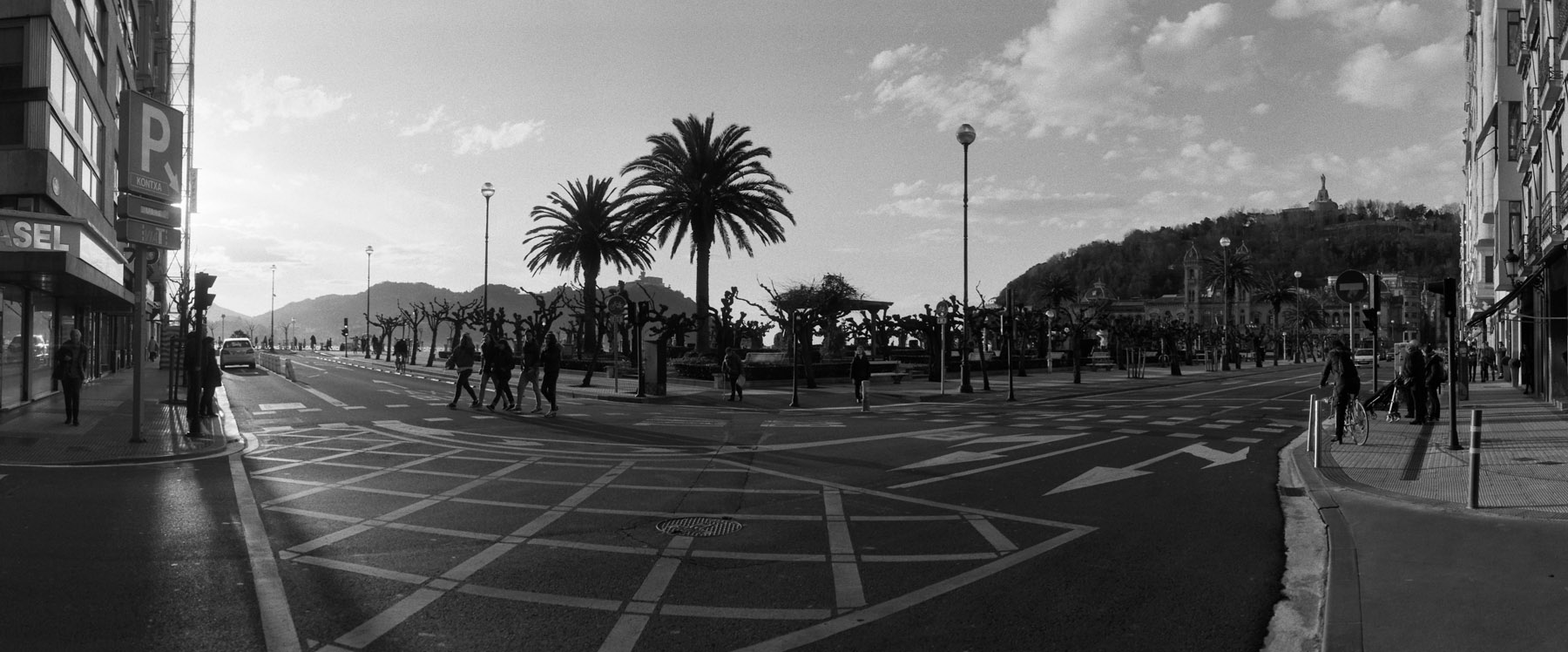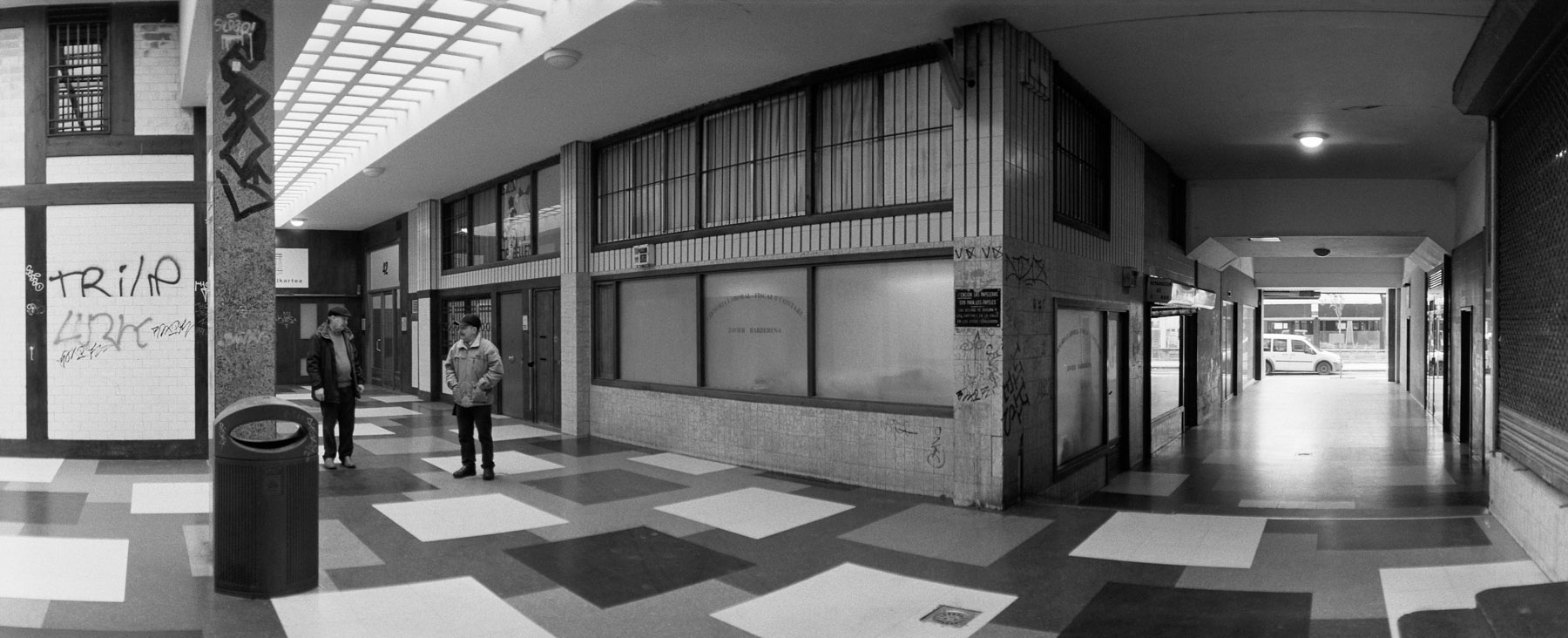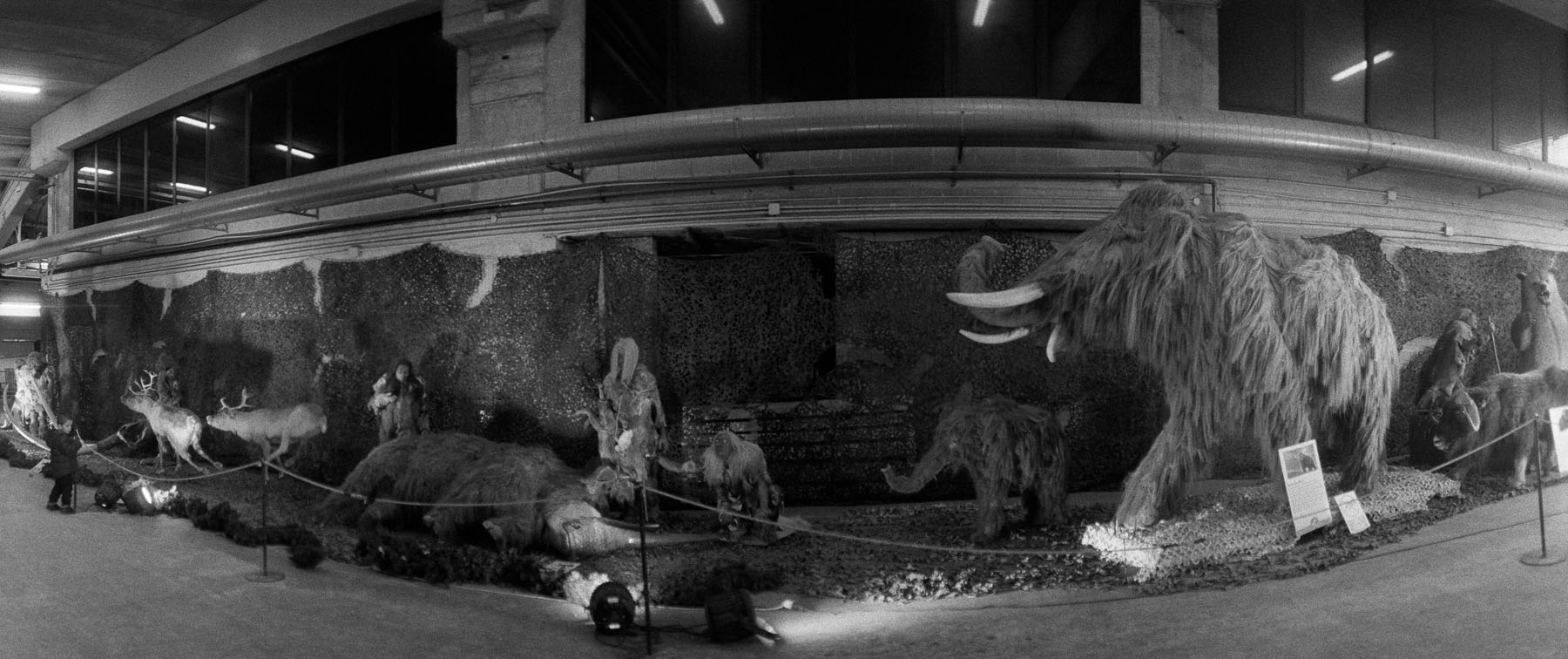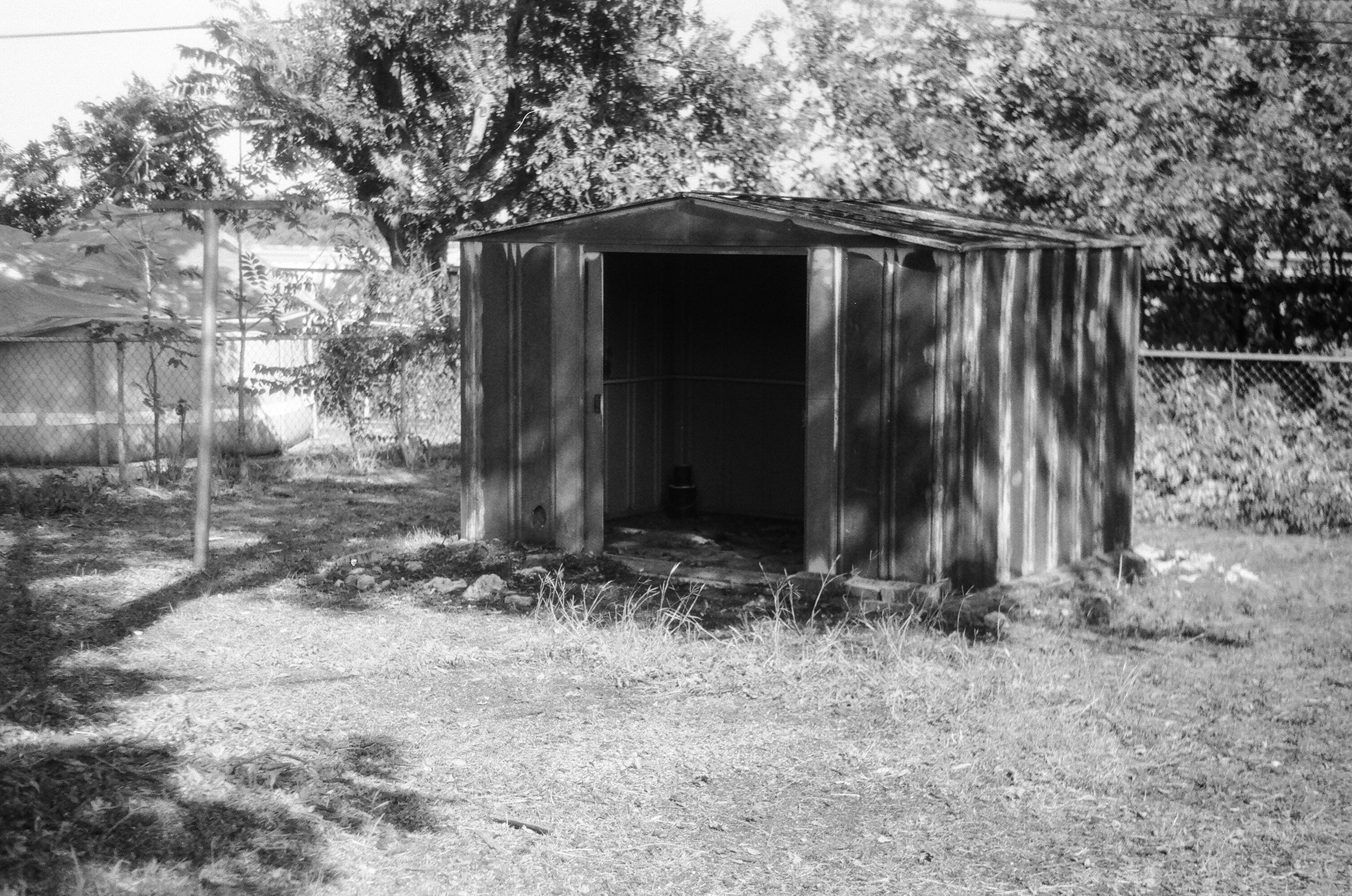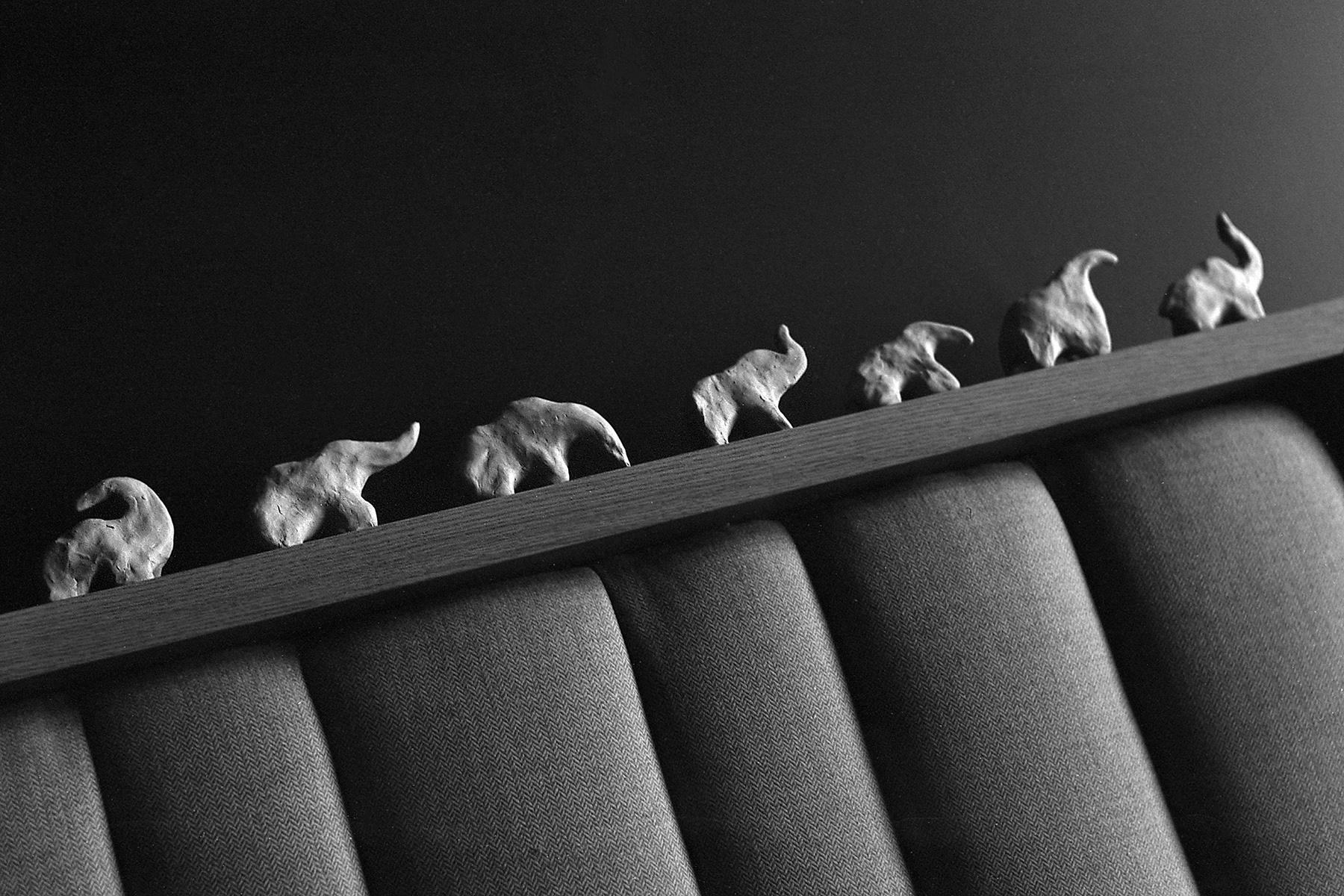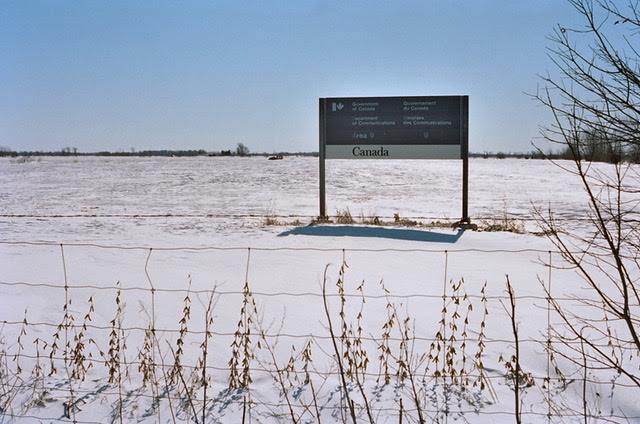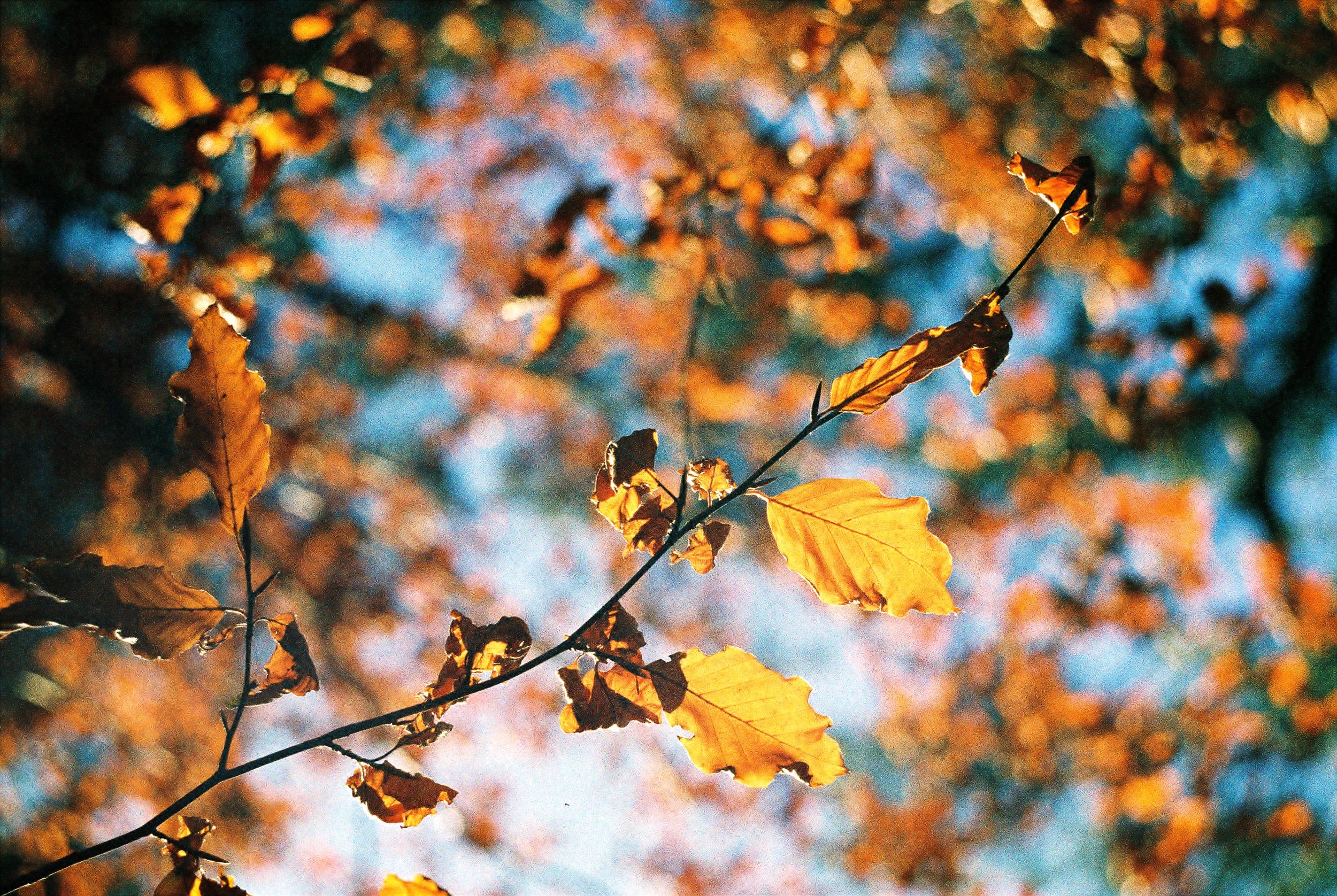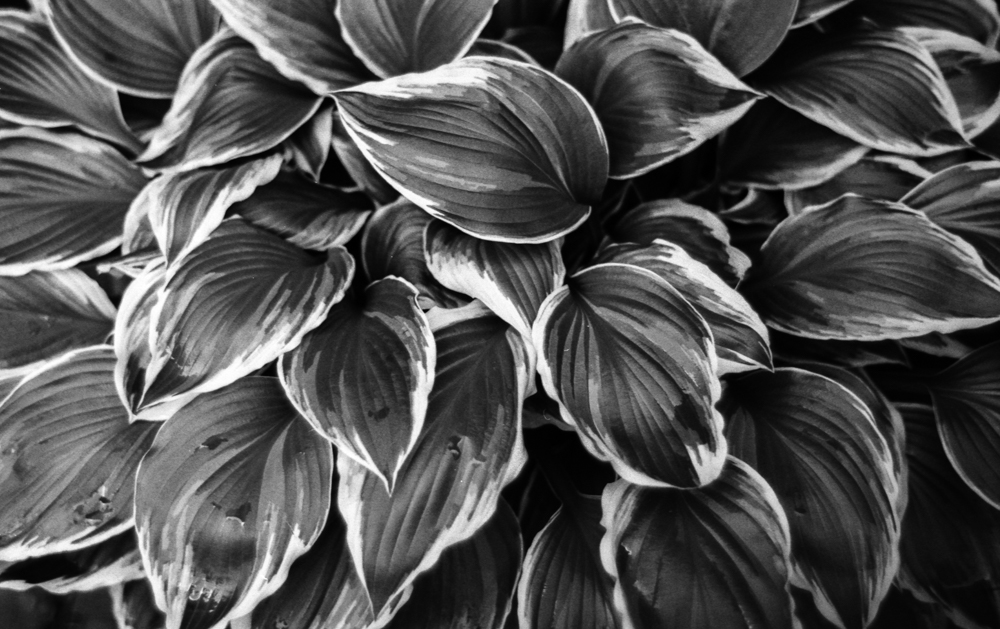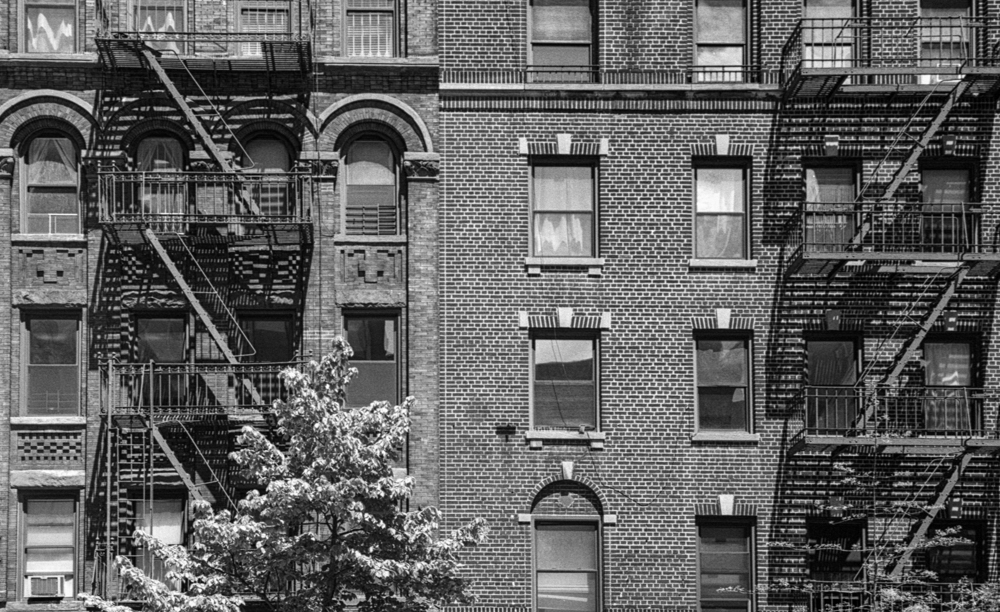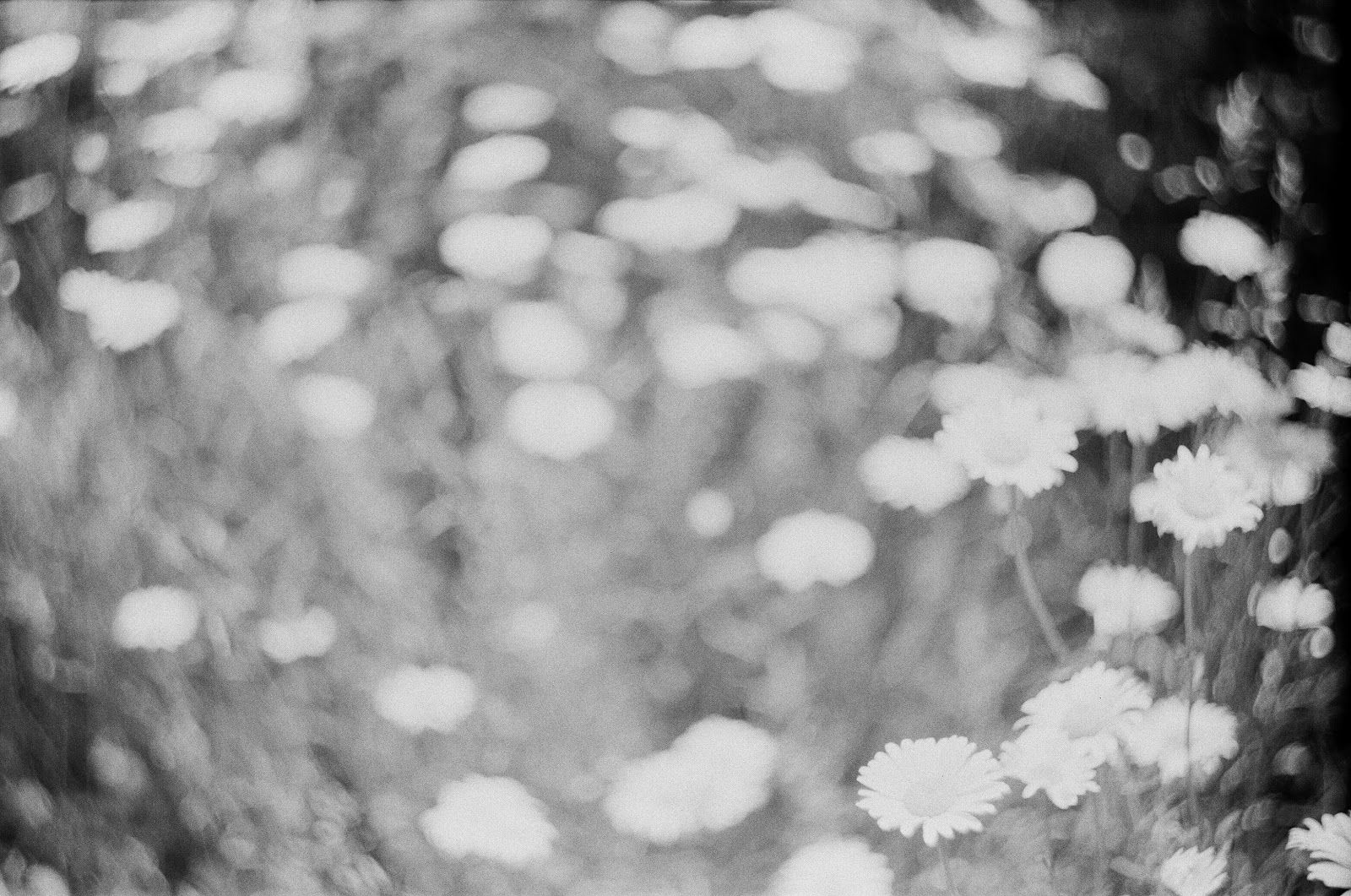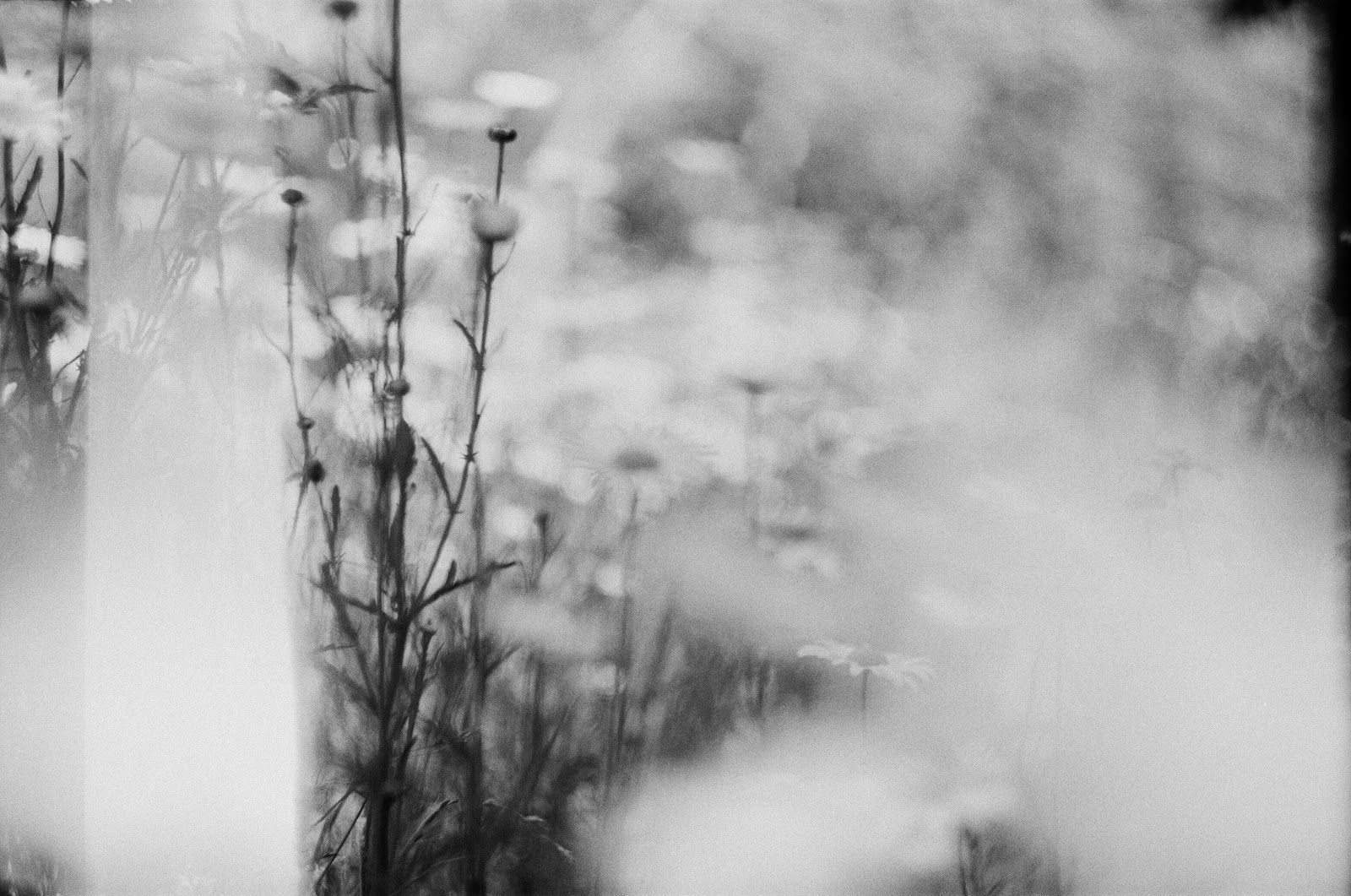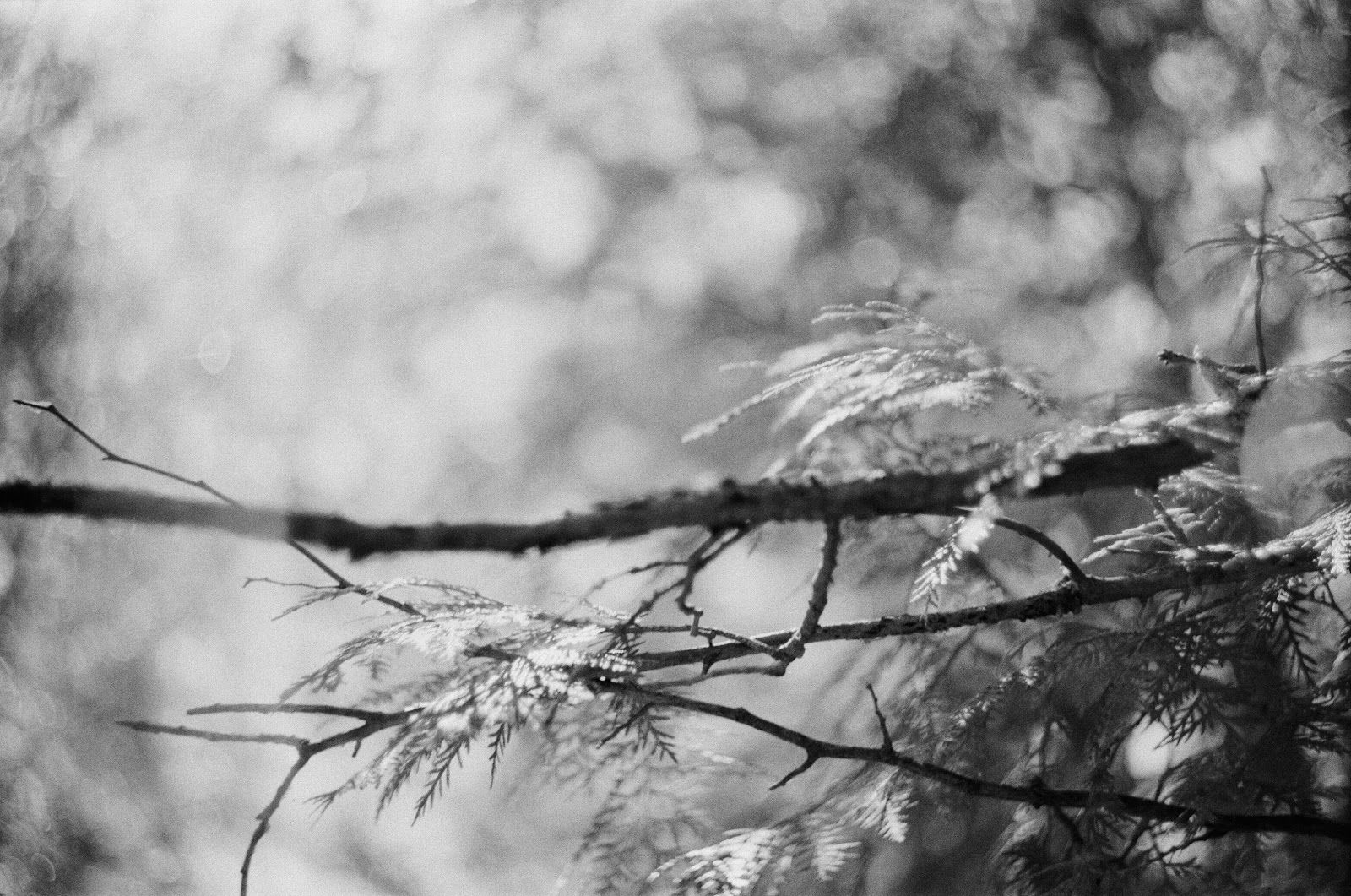May 1 is traditionally observed in many countries as May Day, a holiday celebrating the worker and his/her contributions to the greater good. It is most known in Communist and former Communist countries. In analog film circles, this day has come to be celebrated as Commie Camera Day, a day to pull out and dust off your old Smena, Kiev, Lubitel, Zorki or whatever your favorite clunker from this era might be. A number of Film Shooters Collective members own one or more of these cameras and are quite fond of them. This year, we asked them to send us some of their favorite shots and a few words about their cameras, in honor of these sturdy hard working cameras and their often impressive lenses.
Let's begin our parade with some lovely black and white shots from Lily Schwartz's Horizon 202, taken using a variety of Ilford films.
Here's what Lilly has to say about this unusual camera:
For quite a while I have been dreaming about getting a panoramic camera. The problem is of course that most of them are insanely expensive and I wasn’t quite convinced that I could integrate the format into my work enough to justify such a big investment. In the end I decided that I wanted to try out the format first and bought a quirky Russian plastic camera with a swinging lens and a curved film plane, the Horizon 202. Although it is a model that was produced well after the Soviet era, the design is still the good old soviet design unchanged from the first 1989 versions.
Like all soviet cameras it has its quirks: It’s difficult to load, tears thin film – as it proved with a particularly expensive roll of Delta 3200, grrr – and it’s prone to inner reflections in bright sunshine and of course light leaks. Nevertheless it has a surprisingly sharp lens and there is at least one speed (1/125) where it runs evenly enough to produce pictures without streaks. The coolest thing: it has a bubble level that is visible in the viewfinder! Yes, definitely a quirky one, but a lot of fun too! You can find more of Lilly's work on her website https://facebook.com/lilschwartz/
Our next photo was taken by AJ White and is titled "Childhood Memories". It was shot with a Zorki 4 with 50mm f2 lens, using Ilford HP5 film. This is a great example of how sharp some of the old Soviet lenses are. AJ has this to say about the Zorki: It definitely make me slow down and count each shot (no counter on the advance wheel). Also makes me keep on the same train of thought when it come to changing shutter speeds with a camera the has a cloth shutter. The model I have was made in 59. The thing is is built like a tank. I'm still adjusting to using such asmall viewfinder on the back compared to my other cameras. Other than that I am forcing myself to use it for the sheer simplicity of it being a fully mechanical camera. You can see more of AJ's work on Instagram at www.instagram.com/burlapandlight
Howard Sandler contributed the next photos, shot on a Praktika LTL. Howard shows his work on Flickr at https://flickr.com/hsandler .Here's his tale:
I bought the camera largely because I thought the angled front shutter release was cool. It turned out that my finger kept wanting to go to the top plate to shoot; also the viewfinder ground glass was incredibly dim. I ended up buying another Praktica (LTL3) to get some better lenses, and its viewfinder was brighter, but the film advance was wonky. In the end I sold the Praktica and lenses, but not before making some nice photos.
The first image is a set of plaster figurines on the top of banquette seating in a restaurant. The other image "Area 9" is ironic, because I used that commie camera to photograph a mysterious sign that is the only trace of what was purportedly the site of a Canadian cold-war radio spying station (over-the-horizon eavesdropping on embassy communications perhaps). This was taken with the Praktica LTL3, Pentacon 50mm lens and Portra 400 film.
Lucy Wainwright likes to experiment with light and color. These beautiful examples were made on her Zenit TTL with 44mm Helios lens. The first two are cross processed Ektachrome and the third is Fuji Superia 200. You can find lots more of her work on Instagram https://instagram.com/thelucywainwright
FSC member Rajmohan Fotograf (whose website can be found at https://rajmohan-fotograf.com ) shares his story about a Zorki 6 he bought after hearing (some) good things about Russian cameras : I liked the fact that the 6 had a conventional swinging film back opening, allowing for easier loading than earlier Zorkis and the Barnack Leicas. I also thought the Zorki looked cooler than the Feds, which to me looked dorky! The range finder magnification is sufficient to acquire reasonably accurate focus on most occasions. The build quality is average, at best from a picture-taking point of view, the Zorki 6 is just fine. The Jupiter 8 lens is also a solid performer, though it also falls short in the build quality stakes. In short it's not my favorite, but as my only FSU camera, I keep it for its historical/geographic significance, and possibly for use in less-than-salubrious environments in which my camera might be at risk of damage or loss.
Roger Harrison has shared images from two different cameras. The first image was taken with his Ihagee Exa 1B, made by VEB Pentacon in East Germany. He tells us: It's unusual in that the whole mirror assembly acts as the shutter. One of the down sides for this is that the maximum shutter speed is 1/175th sec. My Exa has a waist level finder which is slightly off so that I have to zone focus and use the finder simply as a composition aid, which actually works quite well.
My second image is from the Zenit E, a Bog standard Soviet SLR from the 1960s. The handling is actually surprisingly good and the selenium cell meter works quite well on mine. The Helios 44-2 M42 mount lens is actually a 55mm/f2 despite the name.
To complete our roundup, we have images from Tracey Bos. Tracey shares more of her photography at https://instagram.com/traceybos.Here's what she says about the camera and lens that produced the beautiful bokeh filled images below:
I bought a Zenit 122 at an antique store in Yucca Valley. I quickly replaced the kit
lens with a Helios 44/2 and after several rolls fell in love with the dreamy quality of the images.
The internal light meter stopped working and the Helios lens ended up being the wrong model
for this camera, which limits my focal distance. This might sound like a nightmare, but to me it'swildly fun to shoot from the hip and hope for the best. The basic functions of this camera drewme to it plus the ability to hold a most excellent Helios lens.
The general consensus is that Soviet era cameras can be clunky and hard to work with, but the resulting images are often worth the frustration.
All the contributors to this article are members of the Film Shooters Collective. You can see more of their work on their profile pages here on our website.

